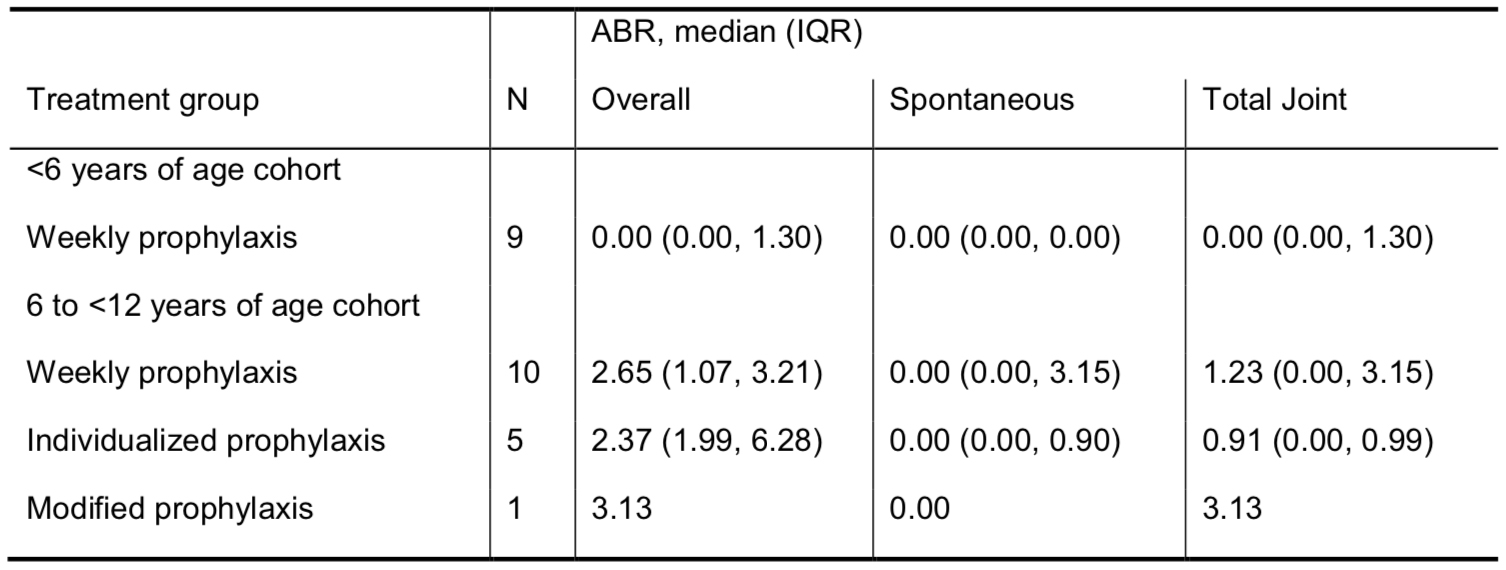Efficacy and safety of pdFX, a new high-purity factor X concentrate, in patients with mild to severe hereditary factor X deficiency undergoing surgery
Objective:
To assess the safety and efficacy of treatment with the first high-purity plasma-derived factor X concentrate (pdFX) in 2 prospective, multicenter, open-label, nonrandomized phase 3 studies in subjects with hereditary mild to severe mild factor X (FX) deficiency (basal plasma FX activity [FX:C] <20 IU/dL) undergoing surgery.
Methods:
Subjects aged ≥12 years received pdFX preoperatively to raise plasma FX:C to 70-90 IU/dL and postoperatively as necessary to maintain levels at ≥50 IU/dL until they were no longer at risk of bleeding due to surgery. Efficacy assessments included blood loss during surgery, requirement for blood transfusion, postoperative bleeding, and changes in hemoglobin levels. Following treatment, efficacy of pdFX in the control of bleeding was assessed as “excellent,” “good,” “poor,” or “unassessable.” Safety outcomes included adverse events (AEs), inhibitor development, viral seroconversions, and other clinically significant changes in laboratory parameters.
Summary:
Five subjects (aged 14-59 years) underwent 7 surgical procedures (major procedures: 2 knee replacements, 1 coronary artery bypass graft, and 1 extraction of 6 teeth; minor procedures: 2 extractions of 1 tooth each and 1 extraction of 2 teeth). Median pdFX exposure was 181 IU/kg (over 13 infusions) for major procedures and 89 IU/kg (over 2.5 infusions) for minor procedures. A median dose of 48.85 (range, 30.88– 54.41) IU/kg was administered preoperatively, resulting in plasma FX:C levels of 0.77- 1.32 IU/mL, and a median FX incremental recovery of 2.21 (range, 1.67-2.34) IU/dL per IU/kg was observed. For all procedures, bleeding control was rated by investigators as “excellent,” no blood transfusions were required, and no clinically significant changes in hemoglobin levels were observed. Blood loss was rated as “as expected” in 5 procedures and “less than expected” in 2 procedures compared with a similar patient without a coagulation disorder undergoing the same surgery. The most common AEs were constipation and dyspepsia (3 cases each). No treatment-related AEs, thrombotic events or evidence of thrombogenicity, viral seroconversions, or inhibitor development were observed.
Conclusions:
These results show that pdFX was safe and efficacious as replacement therapy for 5 subjects with mild to severe FX deficiency undergoing a variety of surgical procedures on 7 occasions. Based on these findings, dosing should be tailored to the severity of the surgical procedure and the patient’s concomitant medical issues, and continual assessment of plasma FX levels in the perioperative period is recommended.



